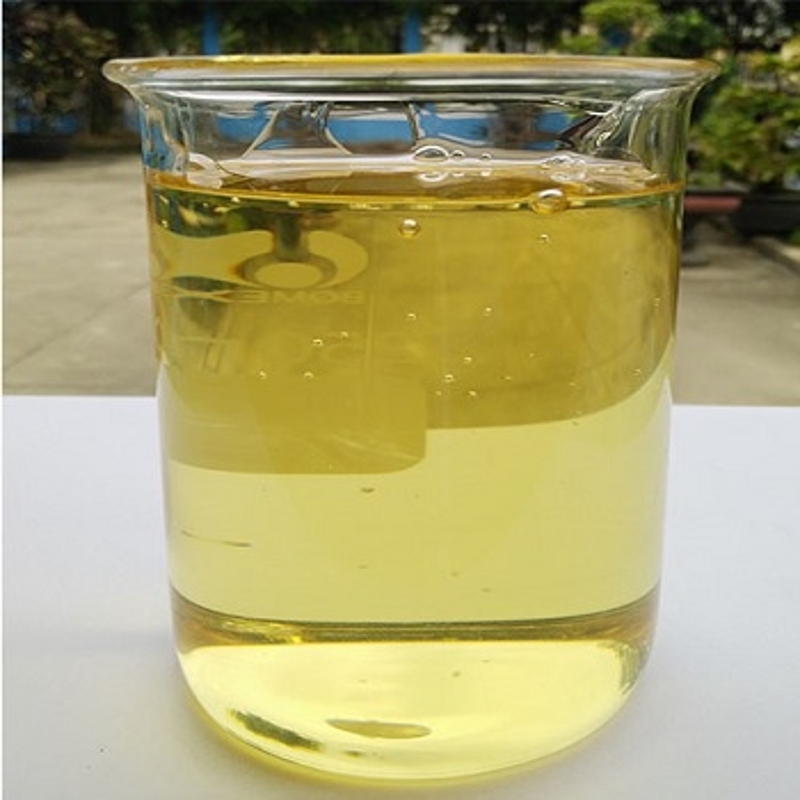-
Categories
-
Pharmaceutical Intermediates
-
Active Pharmaceutical Ingredients
-
Food Additives
- Industrial Coatings
- Agrochemicals
- Dyes and Pigments
- Surfactant
- Flavors and Fragrances
- Chemical Reagents
- Catalyst and Auxiliary
- Natural Products
- Inorganic Chemistry
-
Organic Chemistry
-
Biochemical Engineering
- Analytical Chemistry
- Cosmetic Ingredient
-
Pharmaceutical Intermediates
Promotion
ECHEMI Mall
Wholesale
Weekly Price
Exhibition
News
-
Trade Service
Stuttgart scientists have increased the efficiency of thin-film solar cells made of copper indium gallium selenide (CIGS) to 22 percent
.
This new CIGS technology is favored by the solar industry and will soon replace traditional silicon solar cells and occupy a larger market share
.
With a surface area of 0.
5 square centimeters, the new battery meets professional standards for testing batteries and is made
using a laboratory spraying mechanism.
And it may reach 25%
efficiency in the next few years.
The researchers were able to set this record
by optimizing the production process in a variety of ways.
The Fraunhofer Institute for Solar Energy Systems in Germany ISE certified
the new record.
ZSW is now just 0.
3 percentage points
behind the current world record.
The battle for solar power technology
CIGS technology has made great strides in recent years, surpassing its main market competitor polysilicon cells
in terms of energy efficiency competition.
In terms of module energy efficiency, silicon photovoltaic cells still lead the way
.
The efficiency of commercially available modules is 17%, and the efficiency of CIGS modules is 14%.
CIGS small factories cost about 40 cents per watt to produce, and the cost of capacity expansion will be reduced
.
Assuming an annual output of 0.
5 to 1GW, CIGS PV plant module efficiencies can reach 18% or more, and costs as low as 25 cents
per watt.
This means that CIGS PV manufacturing requires less
upfront investment than silicon PV production.
Thin-film PV market opportunities are on the rise
Thin-film PV modules offer many advantages, including high productivity and greater shade
tolerance in low light conditions.
Secondly, the streamlined appearance of thin-film photovoltaic modules is more aesthetically
pleasing.
In 2015, the global photovoltaic market solar power generation capacity reached 52GW, and it may rise to 100GW
in the next few years.
Stuttgart scientists have increased the efficiency of thin-film solar cells made of copper indium gallium selenide (CIGS) to 22 percent
.
This new CIGS technology is favored by the solar industry and will soon replace traditional silicon solar cells and occupy a larger market share
.
With a surface area of 0.
5 square centimeters, the new battery meets professional standards for testing batteries and is made
using a laboratory spraying mechanism.
And it may reach 25%
efficiency in the next few years.
The researchers were able to set this record
by optimizing the production process in a variety of ways.
The Fraunhofer Institute for Solar Energy Systems in Germany ISE certified
the new record.
ZSW is now just 0.
3 percentage points
behind the current world record.
The battle for solar power technology
The battle for solar power technologyCIGS technology has made great strides in recent years, surpassing its main market competitor polysilicon cells
in terms of energy efficiency competition.
In terms of module energy efficiency, silicon photovoltaic cells still lead the way
.
The efficiency of commercially available modules is 17%, and the efficiency of CIGS modules is 14%.
CIGS small factories cost about 40 cents per watt to produce, and the cost of capacity expansion will be reduced
.
Assuming an annual output of 0.
5 to 1GW, CIGS PV plant module efficiencies can reach 18% or more, and costs as low as 25 cents
per watt.
This means that CIGS PV manufacturing requires less
upfront investment than silicon PV production.
Thin-film PV market opportunities are on the rise
Thin-film PV market opportunities are on the riseThin-film PV modules offer many advantages, including high productivity and greater shade
tolerance in low light conditions.
Secondly, the streamlined appearance of thin-film photovoltaic modules is more aesthetically
pleasing.
In 2015, the global photovoltaic market solar power generation capacity reached 52GW, and it may rise to 100GW
in the next few years.







